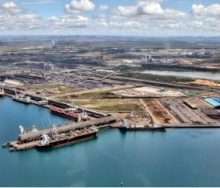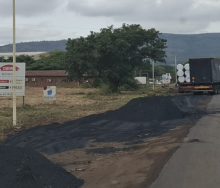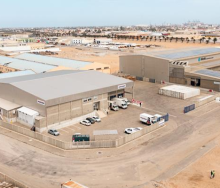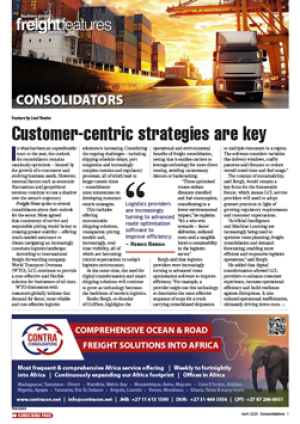Talks between the International Longshoremen’s Association and the United States Maritime Alliance (USMX) on semi-automation technology for ports along the East and Gulf Coasts are “at a crossroads”.
This comes after the ILA and USMX, which represents terminal operators and ocean carriers in the region, ended a three-day strike in October by agreeing to extend workers’ current contracts to January 15, 2025 to give both parties time to meet to resolve the automation concern and other issues.
The union and employer then entered into scheduled talks which were supposed to last for four days but the union walked out on the second day, claiming that USMX had introduced a conversation regarding semi-automation mid-way through the talks, causing negotiations to break down.
“USMX-ILA negotiations ended when management introduced their intent to implement semi-automation – a direct contradiction to their opening statement where they assured the ILA that neither full nor semi-automation would be on the table,” said ILA President Harold Daggett.
Daggett said the deadlock over automation and semi-automation could lead to another strike in less than six weeks.
“Our ILA members are ready to make the ultimate sacrifice to win this battle against automation. They understand it’s a fight for their very survival.”
However, USMX said it did not plan to use automation to cut jobs but to improve port efficiencies because most did not have sufficient land to expand to meet volume demands. It aims to therefore densify existing terminals and ramp up cargo movements through existing infrastructure.
USMX said it wanted to invest in new modern technologies that many ports across the world already used. It has argued that the technology has enabled the doubling of cargo volume throughput at ports where it has been implemented.
USMX said in a statement that its priority was to use technology “to improve our efficiency, safety, capacity, and productivity”.
“We cannot risk moving the industry backward with unworkable restrictions on the implementation of modern technology already in use – and permitted by the existing contract – which would serve only to decrease efficiencies at ports, reduce existing capacity, prevent increased cargo volumes and throughput, and block further growth in union jobs and wages.
“We need to ensure we are strengthening an increasingly complex supply chain and supporting port resilience to weather disruptions or surges in trade volumes so that we are facilitating robust growth across the US economy.”
ILA Executive Vice President Dennis Daggett said in a statement that the ILA was “not against progress, innovation, or modernisation, but we cannot support technology that jeopardises jobs, threatens national security, and puts the future of the workforce at risk”.
He said 95% of the work performed by Rail Mounted Gantry cranes was already fully automated, with humans only involved in the last six feet (1.8 metres) of the container move when it was placed on a truck.
He added that further automation could create vulnerabilities and the potential to hack port systems.













